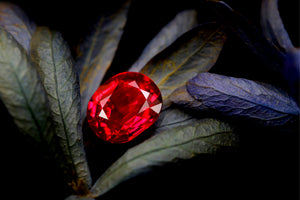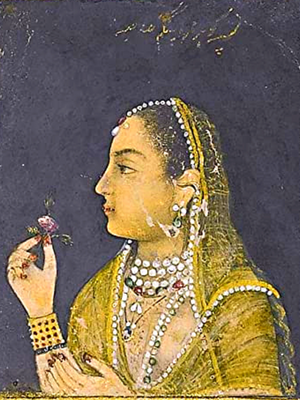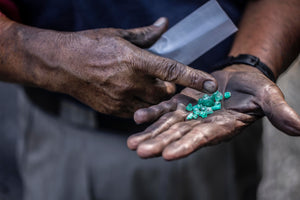Ruby: The Gem of Passion
The color of love, red has always drawn the awe of the individual. Rubies are no different– their vivid red hue illuminating the room and captivating the imagination. Ruby is a variety of the Conundrum Gemstone that has a hardness of 9.0 on the Mohs scale of mineral hardness– only moissanite and diamond are harder– though it is their vivid red color that attracts gem connoisseurs around the globe. Rubies, like other gemstones, represent certain symbols, such as romance, purity, and nobility. The birthstone for the month of July, monarchies and other royalty would protect their estates through the spiritual power of rubies.

Rubies hail from a variety of locales, such as Thailand, India, Africa and Brazil. Rubies of superlative class, however, are found almost exclusively in Burma (Myanmar), with Burmese Ruby values dwarfing those of other rubies. Burmese Rubies are known for their vivid red “pigeons-blood” hue and their superior quality, though a recently-discovered deposit in Mozambique, Africa produces a large quantity of gem-quality rubies that have become ubiquitous in the world of gems. Many rubies also contain purple or pinkish hues, though red is almost always the predominant color.

As with other gems, the value of rubies is based on their quality: namely, their carat size, color, cut and clarity. Unlike diamonds, however, color is the most relevant factor in determining a ruby’s value. Pinkish Red Rubies, for instance, remain desired and valuable, but cannot approach the high price premiums found in vivid red rubies.


While the proverbial “4 C’s” of rubies are critical in determining a ruby’s value, one specific factor distinguishes true gem-quality rubies from commercial-quality rubies: the presence– or lack thereof– of thermal treatment, commonly known as “heat”. Thermal treatment, the process that gives “heat” to a stone, “cooks” the ruby at temperatures of 1800 °C (3300 °F) in order to break down silk inclusions, which strengthens color and improves the clarity of the ruby. Gemological laboratories can determine the presence of “heat” within a ruby, allowing the market to differentiate between slightly-treated natural rubies and truly natural gems. Non-Heated rubies are staples at jewelry auctions, with the “Sunrise Ruby”, a 25 carat Burma Ruby, selling for over $30 million at auction.

Rubies have been revered since the start of recorded history– with literature describing rubies being traded on the ancient silk road going as far back as the year 200 BC. The Sanskrit name for Ruby is “Ratnaraj”, meaning “the king of gems”, and the famed “Mogok Valley” in Myanmar is known as the “valley of rubies”, exemplifying the reverence of the vivid red gem. Rubies are also adored in the west– collected by the Royals in Great Britain as well as 20th-Century American icons Rockefeller and Elizabeth Taylor.








